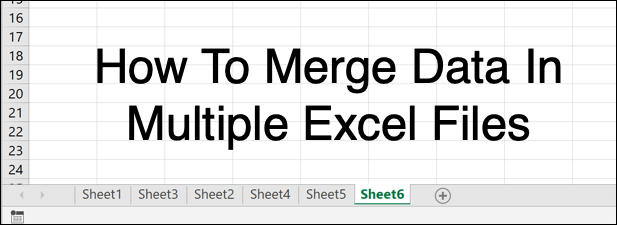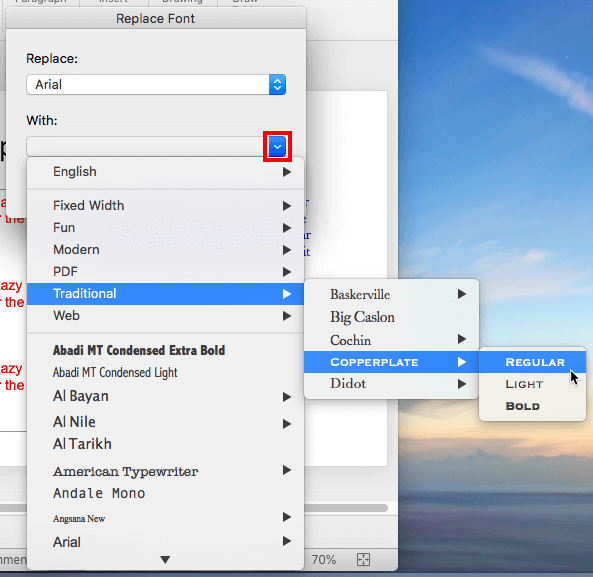

When the script has finished, paste where you whish. Here you have just an example of the way to use the needed handler. Numbers doesn't support macros, but can be scripted using AppleScript. Not a macro user but could probably figure out an entry level macro example and expand on it. Public 123 Any ST Big City, AK 12345-1234 222-2222 Public 123 Any Street Big City, Alaska 12345 (222) 222 2222 just converted from Excel to Numbers and am not convinced it was a good idea? From your description it would appear that two typical entries in column A might look like this:
#Excel for mac condense text full
How are the individual elements of the data separated? (the elements may be the items you've identified in the list above, or the first element could be the full name. Meantime, the following information might clarify the problem: No time to go into it further at the moment, and I suspect there may be a simpler solution using AppleScript than possible using formulas.īack later with more.

=TRIM(RIGHT(A,LEN(A)-FIND(",",A)-1)) will return everything after the first occurrence of a comma and remove the leading space.īeyond that, it gets a bit complicated. =TRIM(LEFT(A,FIND(" ",A))) will return the content until the first space, and remove the trailing space. Is there a formula that would look like =A(content until the first space) or =A(content until the next comma)?įIND(" ",A) will return the position of the first occurrence of a space in the string in A. Street addresses have multiple formats - 9 Wakeman St., 210 E Lake St., 414 Tall Pines Rd, 88 Main St Apt #7. Imagine data with the following labels first name, middle initial, last name street address, city, state, zip, phone and email after the procedure.

Each cell in column A has data that needs to be separated into separate columns. Welcome to Apple Discussions and the Numbers '09 forum.Ĭolumn A has 20 rows.


 0 kommentar(er)
0 kommentar(er)
